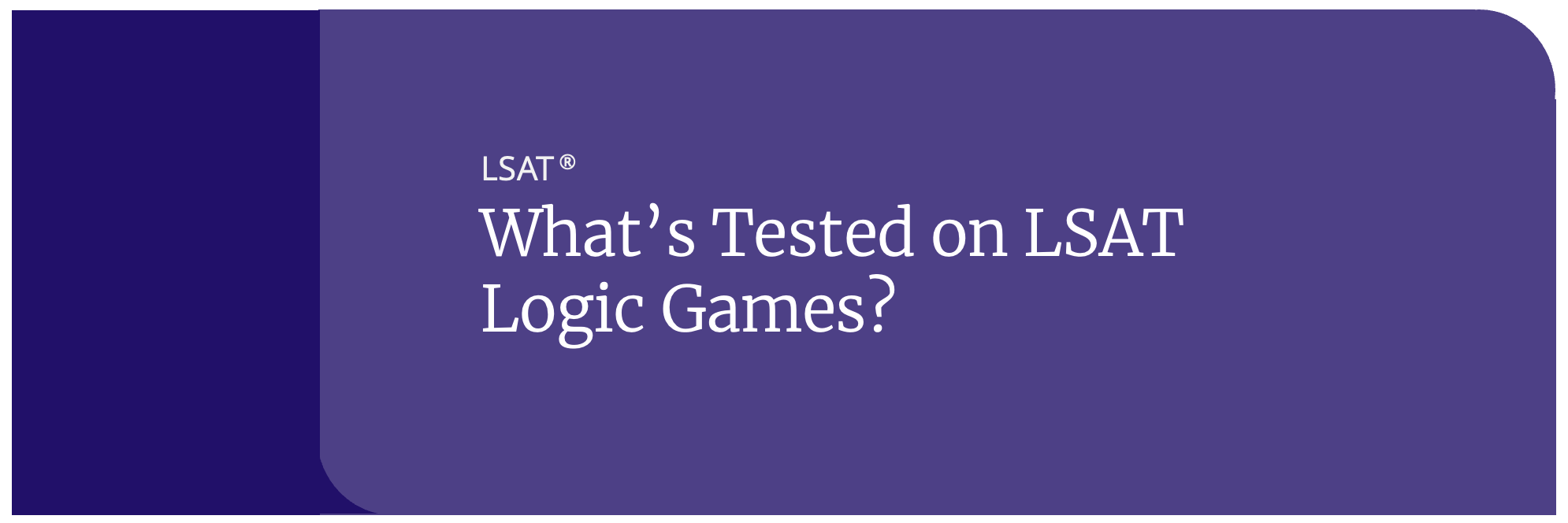LSAT Logic Games: Must Be True Questions & Minimums/Maximums
LSAT “Which of the following must be true…” questions have a couple tricks, but after some practice can be pretty straightforward. It is crucial that you know how to master these quest
Minimums and Maximums
Logic Games questions that contain the words “what/how many” will typically be asking you to find the maximum or minimum number of spots that an activity can be in. These questions can take a little bit of time, because unlike regular Logic Games questions, you aren’t looking for one correct sequence, but how many possible sequences there could be for a given activity.
The best way to approach these questions is to work backwards. What I mean by that is, if you are asked to find the maximum number of places an activity can be, and your answers are 1-5, see first if that activity can be in all five places. If the activity cannot be in all five places, you can then cross that answer off. Next see if the activity can be in four places, three places and so on.
This process, of eliminating the larger numbers, will help you to get through the question quickly. Working forward on these questions takes more time as you have to try out a bunch of sequences to see if the activity could be in 1 spot, then 2 spots and so forth.
As with most Logic Games questions, the best place to start with these types of questions is to look back at your rules and see if those limit your answer choices. Then, work off your previous sequences to see if that helps. Finally, if you are still stuck between a couple of answers test out those answers and see which one leads to an incorrect sequence.
Maximum Practice Question
If L is performed forth, then from Rule 1, we know that P must be performed fifth. Right off the bat then, we know that M cannot be performed at 5 different times because only spots 1, 2, 3 and 6 are open. We can thus eliminate E.
Taking our first step of looking back at our Rules/ initial diagram, we see that because of Rule 3, M cannot be in spot 6. Thus, there are now only three possible spots that M can be, so we can eliminate answer D.
We now are down to three answer choices. From here, you may be able to look at past choices and see that M could be in any of those three spots when N is in spot 4. However, if you don’t have that work, which you might not, go on and test out the possible sequences.
If you put M in spot 1, 2, and 3, you will find that you can generate correct sequences each time (M, O, Q, L, P, N; Q, M, O, L , P, N; Q, O, M, L, P, N). Thus the correct answer is C! Hopefully, from this example you can see how it is beneficial to work backwards and eliminate the larger numbers rather than trying to work forwards.
Previous: Logic Games: Acceptability and New-If Questions
Next: What’s Tested on the LSAT: Logical Reasoning



